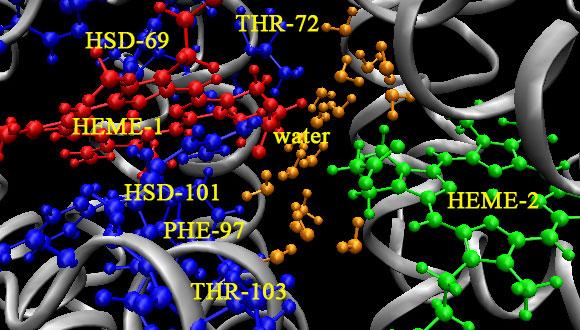Chemical Physics Seminar: Correlating the structure of 2D materials with their catalytic activity
Maya Bar Sadan, Ben Gurion University
Abstract:
Nanostructures are one of the most extensively researched systems in nanoscience. Various materials are investigated due to their size dependent optical properties or due to their enhanced functionality as catalysts. Although they have been extensively researched for a few decades now, even today new fabrication routes are still explored to improve properties and to gain precise control of their structure. While reports on the optical properties of single particles are available, the quantitative characterization of atomic order on a single particle level and the growth mechanism that resulted in that specific rearrangement, are still generally missing. The majority of characterization procedures are performed on ensembles that average properties and may hinder the understanding of fundamental aspects in the colloidal synthesis.
Here, the formation of ternary compounds of transition metal di-chalcogenides (TMDs) by wet chemistry will be described. Specifically, the doping of TMDs with other transition metals and the impact it has on their catalytic properties for hydrogen production will be presented. The growth mechanism of nanoflowers nanostructures of TMDs was revealed using electron tomography. This growth mechanism allows for facile doping of the materials by adding the dopants either at the beginning or at the end of the reaction, thus forming a homogenous material or a graded one. We have used this approach to dope MoS2 with Ru, and significantly improving its catalytic activity towards hydrogen production. In addition, we prepared many ternary compounds, and correlated the composition with catalytic activity.
In addition, we have surveyed the structural features of various hybrids in order to correlate them with the catalytic activity. Typical defect motifs will be shown and discussed. This work aims at correlating the atomic-scale structures with the catalytic activity, and for that goal to be achieved, there is a need to understand the dopant sites and the atomic scale arrangement within the MoS2 lattice. The use of high resolution electron microscopy with other characterization methods allows first the understanding of the structural features of the materials and thereafter it will serve to understand the origin of catalytic activity.


